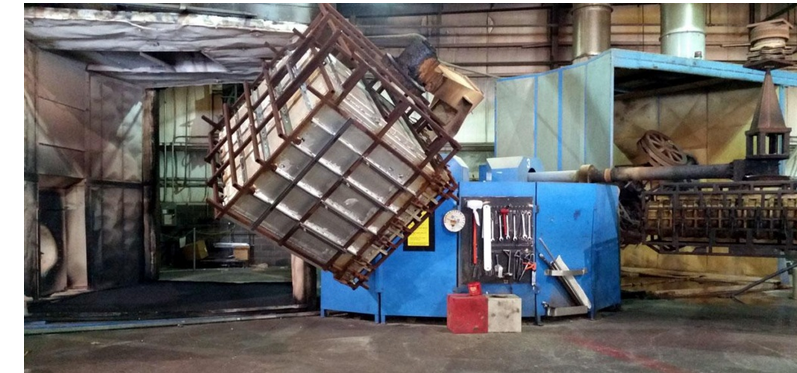Plastics have already been a fundamental element of our daily lives for years now, in the gentle plastic toys that the kids fiddle with for the strong plastic material tanks that retail store chemicals. But just how are these plastic-type material products created, and what makes them so dependable? 1 production technique that has transformed the plastics market is rotomolding, a unique procedure that has increasingly come to be preferred over time. In this blog post, we shall consider a closer look at the art and science of Rotational Molding.
Rotational molding, far more commonly known as rotomolding, is actually a producing process that involves melting plastic material within a hollow mold, which is then rotated on multiple axes to evenly deliver the information and make up a done product or service. An essential facet of this method is the fact that mildew is heated during the rotation, which allows the information inside to stick to the walls. As being the mildew keeps spinning, the plastic material cools straight down, and solidifies into its final form.
One of the important advantages of rotomolding is it can efficiently create big, intricate, and hollow components that are not easily made making use of other processes. This feature makes it perfect for creating goods including gas tanks, water tanks, trash cans, playground products, and the like. In addition to, considering that the materials is not under strain during the production approach, rotomolded components are generally structurally more powerful and less at risk of pressure fractures as well as other types of cracking than products which employ traditional blow molding or injections molding tactics.
The entire process of rotomolding could also combine diverse resources, ranging from universal polyethylene to substantial-efficiency materials for example bolstered nylon and Teflon. These permutations provide the rotomolder a wide array of efficiency and financial alternatives in the creation of a product. For example, the mix of resins with all the polyester family’s esters can result in a UV stabilized and abrasion-resilient product or service, excellent for backyard apps.
One more hitting element of rotomolding will be the advanced level of modification which it permits. Manufacturers can develop elements in a variety of styles, sizes, and colors, all while maintaining limited tolerances and consistency across the concluded merchandise. This overall flexibility makes it possible to combine intricate style capabilities, ornamental designs, and finishes without taking on great tooling costs.
Short:
In Short, rotomolding has transformed the plastic materials sector by supplying suppliers having a inexpensive and versatile method to develop sophisticated, long lasting, and lightweight pieces with special components and finishes. With its easy customization, rotomolding can create parts for many different software, starting from the food and beverage sector, healthcare devices, and travelling products, to gardening gear. Regardless of whether you require huge tanks, playground gear, or personalized-manufactured parts and parts for your personal company, rotomolding is the way to go. Being able to make pieces with good energy, uniformity, and adaptability makes it a fantastic selection for producing custom made applications.



